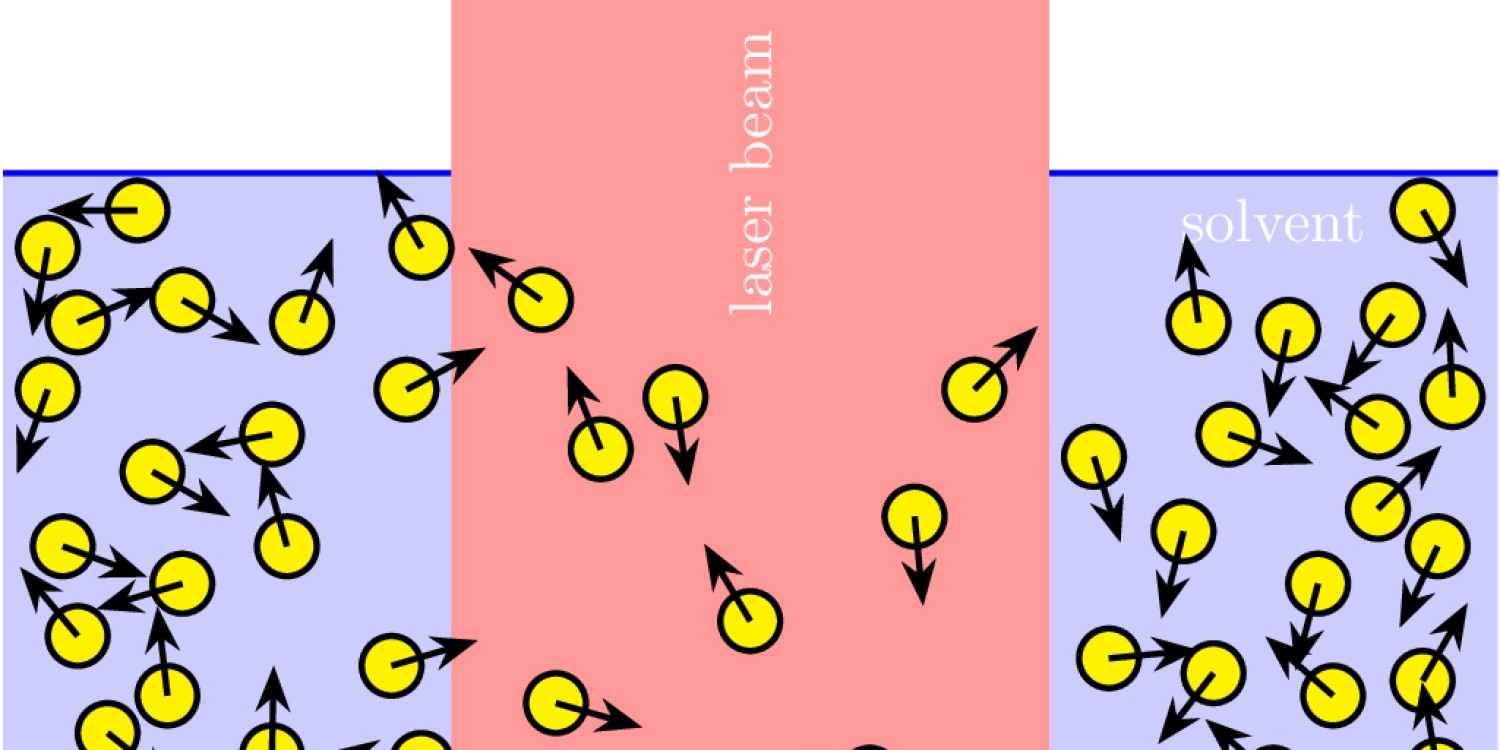| Mar 13, 2023 |
Understanding quantum mechanics with active particles
(Nanowerk News) The study of active particles is one of the fastest-growing areas of physics. With „active particles“ physicists refer to objects which move by themselves as a result of internal self-propulsion. These include living things such as bacteria and fish swimming, birds flying or humans walking around – as well as artificial nano-robots which can be inserted into the body to transport medication. What interests the experts in particular is the behaviour of systems involving many active particles so that they can understand, for example, birds swarming, biofilms or gatherings of people.
|
|
In collaboration with Prof. Eyal Heifetz from the University of Tel Aviv in Israel, physicists Dr. Michael te Vrugt, Tobias Frohoff-Hülsmann, Prof. Uwe Thiele and Prof. Raphael Wittkowski from the Institute of Theoretical Physics at the University of Münster have developed a new model (“active model I+”) for the dynamics of systems consisting of many active particles.
|
|
The study has now been published in the journal Nature Communications ("From a microscopic inertial active matter model to the Schrödinger equation").
|
 |
| The density distribution of active particles illuminated by a laser beam is similar to the density distribution of a quantum-mechanical particle in the tunnel effect. (Image: M. te Vrugt et al.)
|
|
“This model especially describes the scenario that the frictional forces acting on the particles are small – a case which has not been investigated to any great extent so far,” explains lead author Michael te Vrugt.
|
|
In their work, the team found that this model for certain parameter values looks identical to the Schrödinger equation. The Schrödinger equation is the base equation in quantum mechanics which describes the behaviour of extremely small particles such a electrons or protons. This analogy makes it possible, in active systems, to find analogies to effects known from quantum mechanics. In their current work, the physicists have studied the tunnel effect and dark matter.
|
|
The tunnel effect is a phenomenon in quantum mechanics in which a particle moves (or “tunnels its way”) through a barrier, although it does not actually have enough energy to do so. This effect plays a role in radioactive decay but is also important for example in storing data on a memory stick. The authors have now been able to show that the density distribution of active particles illuminated by a laser beam is similar to the probability distribution of a quantum-mechanical particle in the tunnel effect.
|
|
Dark matter is a form of matter which does not interact with visible light and whose composition has not so far been understood, but whose existence is known from a multitude of astronomical observations. In their study, the team has now demonstrated, by comparing the relevant mathematical models, that electrically charged active particles behave similarly to dark matter. “This opens up the possibility of replicating cosmological processes of structure formation in the lab,” says Raphael Wittkowski.
|

